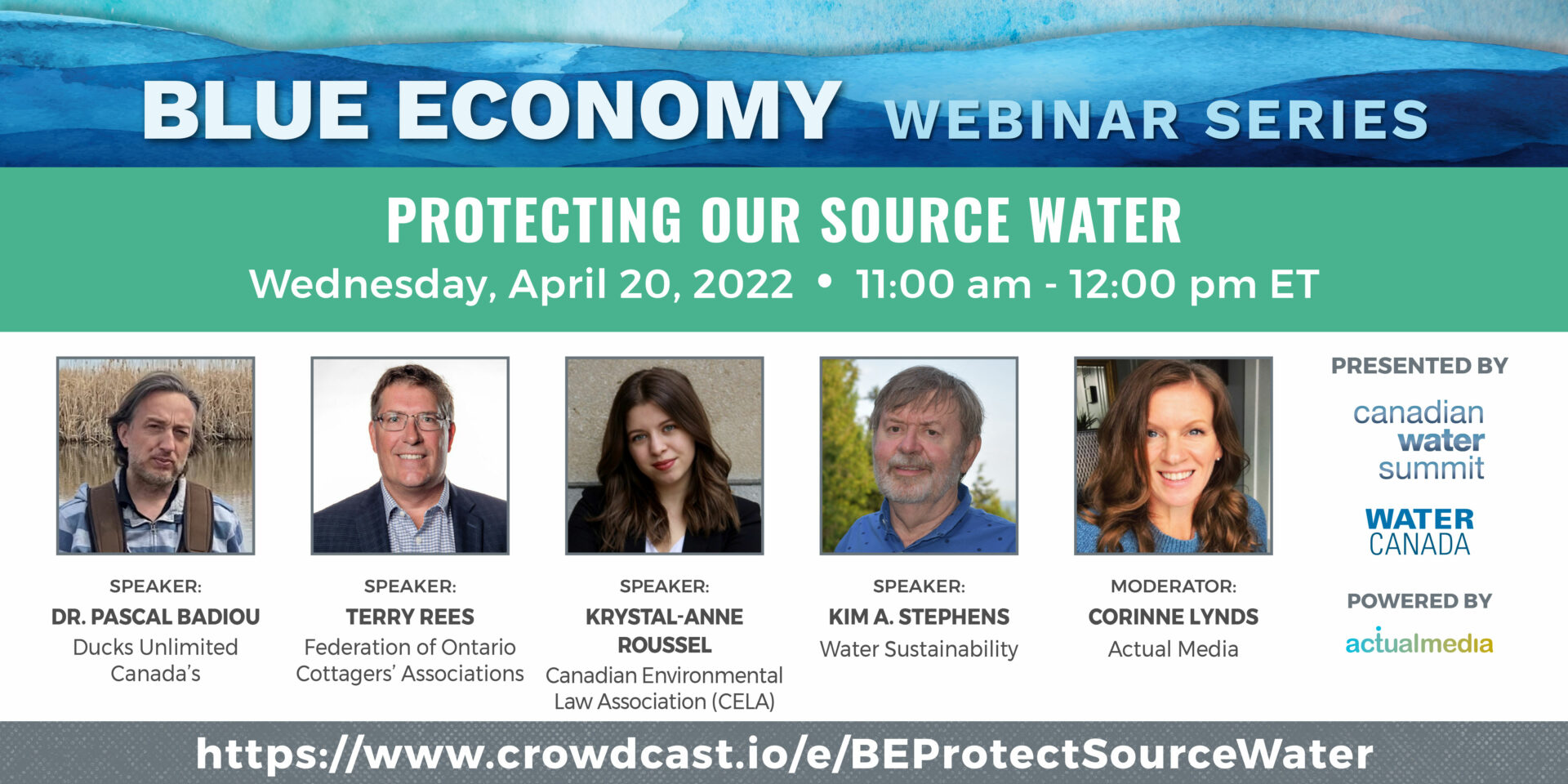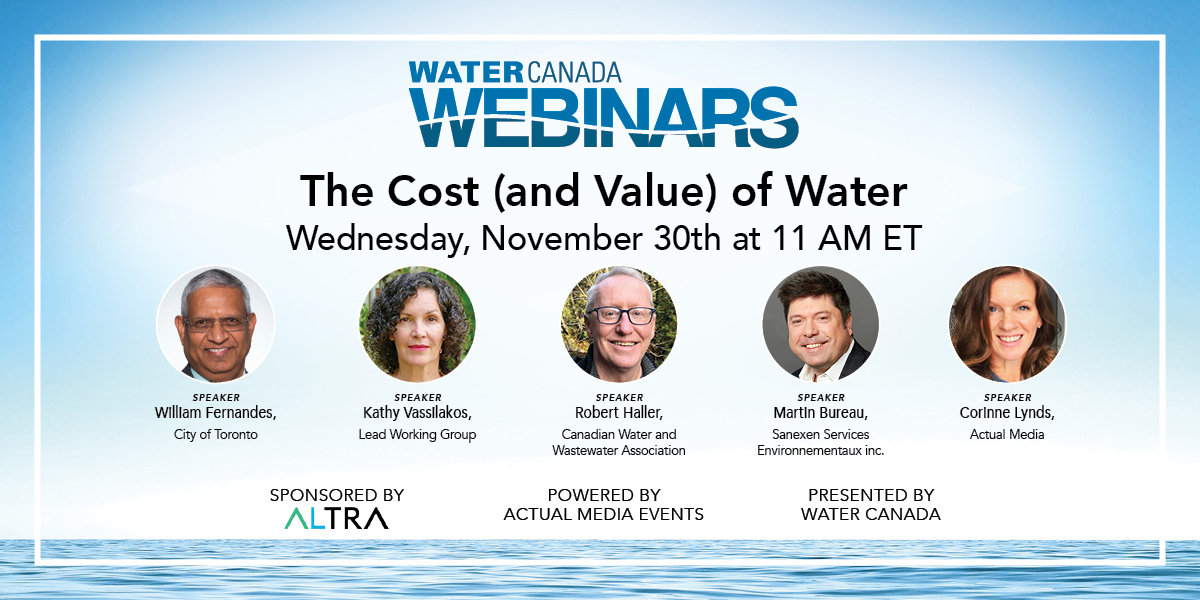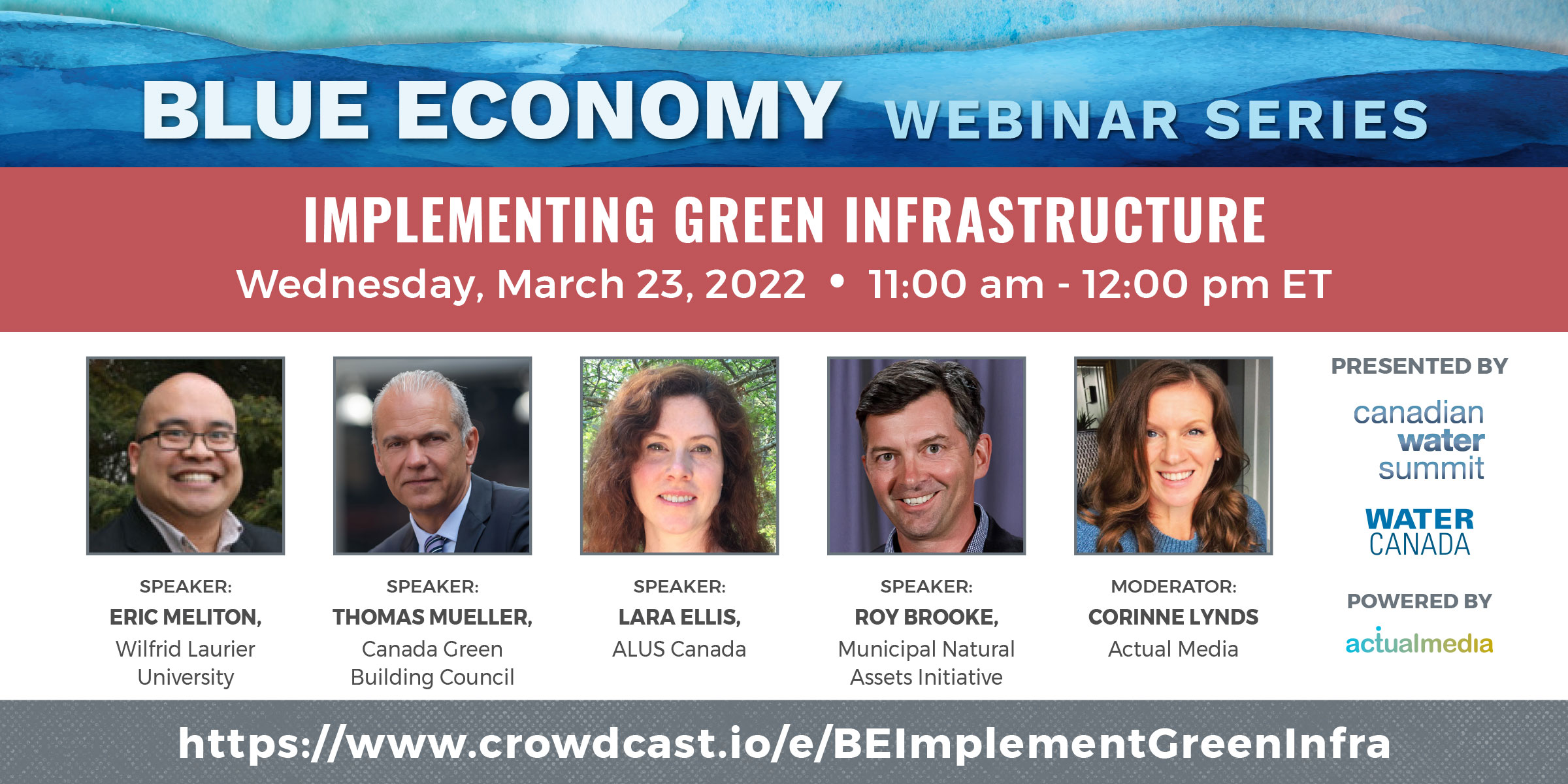As 2022 draws to a close, we’re looking back at the topics that piqued our interest, that got us talking, and had us asking for more! Nowhere else is this better exemplified than in our ongoing Water Canada Webinar Series, where we touched on everything from green infrastructure to source water.
If you missed any of our 2022 webinars, it’s not too late to catch up!
This webinar provides examples of initiatives, projects and municipalities that have successfully implemented green infrastructure. In this important discussion, we explore questions such as: What are the key factors that should be considered when implementing projects? What are some best practices? Are there factors that haven’t typically been taken into account, but should be? How can we encourage more municipalities to prioritize green infrastructure?
What you missed
We’ve already seen the devastating impacts of climate change. A growing population isn’t helping matters, especially one that demands more and more infrastructure to be put in place to meet its growing needs. But, we can’t just build our way out of the situation (even if Canada had the financial means to do so). In fact, we’re in what Roy Brooke, Executive Director of the Municipal Natural Assets Initiative, refers to as an “infrastructure deficit,” and what we do have in place is old. “It has not been maintained properly. It needs renewal,” Brooke says. “If we want to be resilient in a changing climate, to the physical risks, we must start looking at nature differently because in urban and peri-urban areas, that is where nature’s benefits are most keenly felt because we’re closest to it,” says Brooke.
 There are many benefits of source water protection, including the fact that it can help reduce the health risks associated with exposure to contaminated water. This webinar explores projects and initiatives that have protected our source water while also providing social, environmental, and economic benefits.
There are many benefits of source water protection, including the fact that it can help reduce the health risks associated with exposure to contaminated water. This webinar explores projects and initiatives that have protected our source water while also providing social, environmental, and economic benefits.
What you missed
Pascal Badiou, a research scientist with Ducks Unlimited Canada, Institute for Wetland and Waterfowl Research, notes that on a national level Canada is making progress with regards to implementing source water protection plans, with the focus on natural infrastructure, ecosystems like wetlands and grasslands, and is “starting to see those reflected in various provincial policies, federal policies, and funding initiatives.” There have also been significant investments in research and consultation, which he hopes will translate into best management practices through extension activities and supporting applied research.
He cautions that “keeping Canada’s water safe through source water protection is going to require sustained efforts and investments, including things like improved monitoring of engaged systems, mapping of critical landscape elements, such as remaining intact grasslands, wetlands that are vital to maintaining water quality and the health of those freshwater sources going forward.”
This webinar explores questions such as: What are PFAS? How can PFAS get into drinking and wastewater? What are the health and/or environmental concerns associated with PFAS? What types of treatment technologies are available?
What you missed
Maureen Dooley, vice president, Industrial Sector, with REGENESIS points to the siloing of roles as one of the big problems at play. She finds that “oftentimes there’s a division between the roles of the government,” which can result in a lack of information sharing and responsiveness–something she feels makes things “very reactive.”
Bharat Chandramouli, senior scientist with SGS agrees with Dooley’s assessment. And when it comes to where the U.S. and Canada are on the roadmap of PFAS, the difference is stark: “Canadian work is typically remediation-focused” whereas in the U.S. “it is all over the place. So much drinking water testing, so much well water testing. It’s so much response litigation, in addition to all the remediation investigation.”
He points to Canada’s lack of source information as a culprit holding them back. “The U.S. has the toxic release inventory. We don’t really have anything similar to that in Canada. So, a lot of people are in the dark.” To attempt to fight the war on PFAS, Chandramouli believes that “information and communication are key.”

After Walkerton, Ontario municipalities were tasked with ensuring their populations had access to clean, safe drinking water systems in a way that was financially sustainable. This meant that in order to protect people, they’d also be responsible for enforcing a program of increased costs for water usage—a trickle-down effect, that some feel is not only warranted, but absolutely necessary in order to combat critical repair deferrals and ensure well-monitored water distribution, while others feel this unfairly targets vulnerable community members. With inflation seemingly on an endless rise, supply chain shortages, and a lack of skilled labour, how can municipalities ensure safe, equitable water delivery and treatment through a utility rate structure that is fair, but also provides the necessary funds for ongoing maintenance and operations?
If you missed a webinar, you can still listen to them in full here.
And if you haven’t done so already, sign up to get a weekly dose of Water Canada news delivered to your inbox and never miss another webinar!











